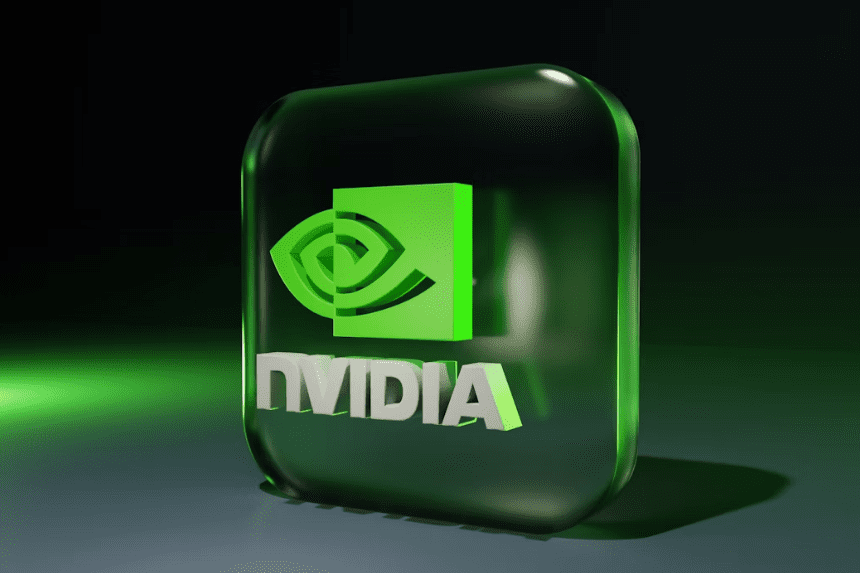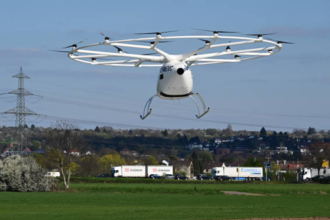Nvidia has announced a strategic $5 billion investment in Intel, marking a significant collaboration aimed at reshaping the global AI chip market. The move makes Nvidia one of Intel’s largest shareholders, with an estimated 4% stake. The partnership will focus on co-developing chips for personal computers and data centers, as demand for artificial intelligence hardware accelerates worldwide.
This deal comes on the heels of a recent U.S. government investment in Intel, further strengthening efforts to solidify America’s position in semiconductor manufacturing. Following the news, Intel’s shares jumped over 25%, while Nvidia saw a 3% increase in its stock price.
Why Did Nvidia Invest in Intel?
Nvidia’s decision is both strategic and political. The company aims to diversify its supply chain, which currently leans heavily on Taiwan’s TSMC. By investing in Intel, Nvidia reduces production risk and aligns itself with U.S. government goals to boost domestic semiconductor capabilities.
This partnership allows Nvidia to continue dominating the AI chip market while supporting an American rival that has struggled to keep pace. Intel’s recent financial challenges and lagging innovation make this infusion of capital a potential turning point for the company. Here is the link to our article on the Chip Investment Surge.
What Does the Partnership Include?
The collaboration centers on chip design and production for both data centers and PCs. Nvidia CEO Jensen Huang described the alliance as a “fusion of two world-class platforms” designed to prepare for “the next era of computing.”
Although the investment strengthens Intel’s overall position, it does not include its contract chip manufacturing business. Analysts note that this may limit the impact on one of Intel’s most underperforming segments.
How Does the U.S. Government Factor In?
Recently, the U.S. government announced a 10% equity stake in Intel, highlighting national security and economic growth concerns tied to semiconductors. The administration emphasized that securing leadership in the AI chip market is critical for maintaining a technological edge.
Nvidia’s investment aligns with these goals. Supporting Intel strengthens domestic production and reduces dependency on foreign suppliers. This synergy between public and private sectors underscores the urgency of reshoring chip manufacturing. Here is the link to our article on Intel Investment Boost.
What Challenges Do Both Companies Face?
While this deal marks a step forward, significant challenges remain. Intel continues to trail Nvidia in AI innovation and struggles to profit from the industry’s growth. Meanwhile, Nvidia faces declining sales in China due to rising local competition and regulatory hurdles linked to U.S.-China trade tensions.
Adding to the complexity, reports have emerged that Chinese authorities are advising domestic firms to avoid purchasing Nvidia’s AI chips. This geopolitical friction adds pressure to Nvidia’s global strategy.
Could the Deal Impact Other Chipmakers?
Industry experts suggest that competitors like AMD and TSMC may be negatively affected. The Nvidia-Intel partnership creates a powerful U.S.-based alliance that could shift market dynamics. If successful, the collaboration could realign supply chains and consolidate power within the American tech sector.
Still, the lack of inclusion of Intel’s foundry services in the deal raises questions about whether this investment alone can revitalize all areas of Intel’s business.
Final Thoughts
This $5 billion investment signals a major shift in the AI chip market. Nvidia’s move not only strengthens its own ecosystem but also reinforces U.S. ambitions to lead in semiconductor technology. For Intel, the partnership offers a lifeline—one that may help restore its relevance in an industry it once dominated. As global demand for AI infrastructure grows, this collaboration could serve as a blueprint for future alliances within the AI chip market.








